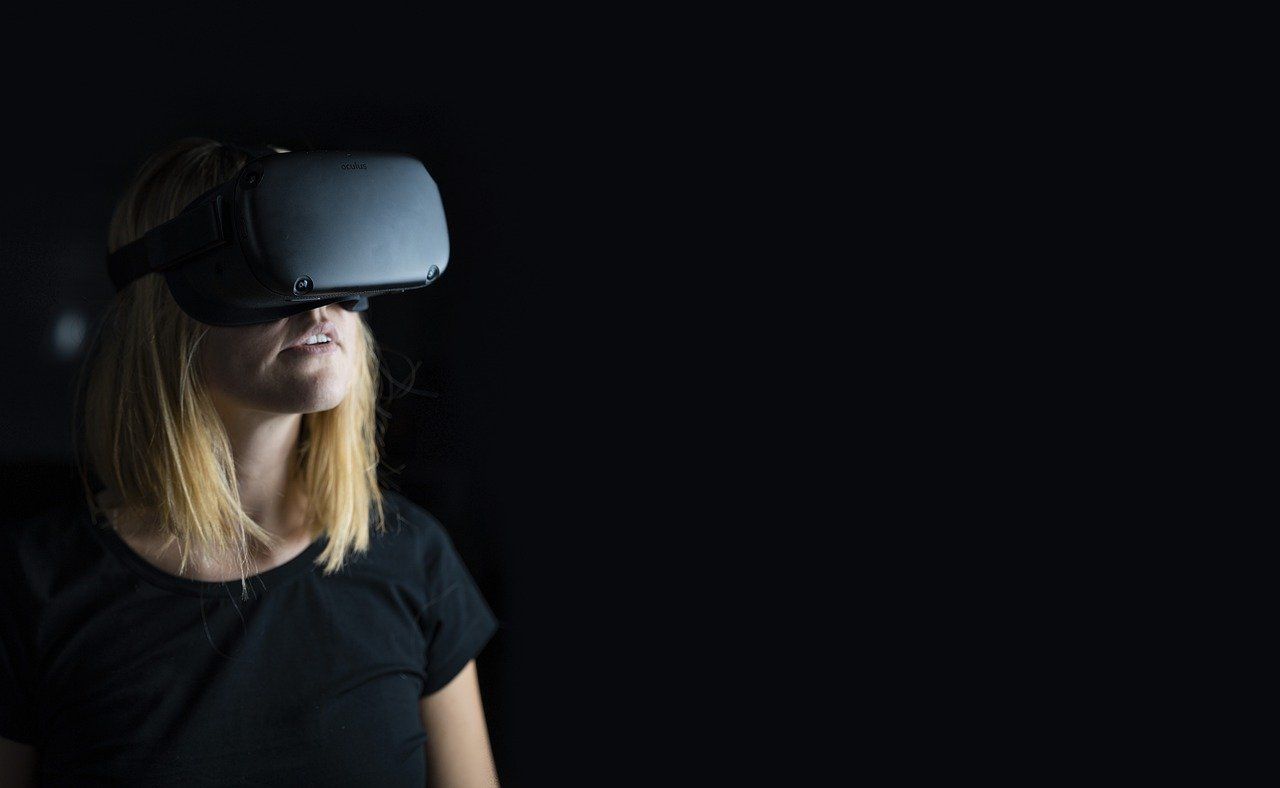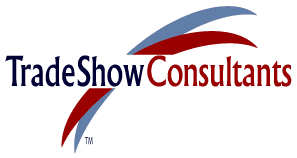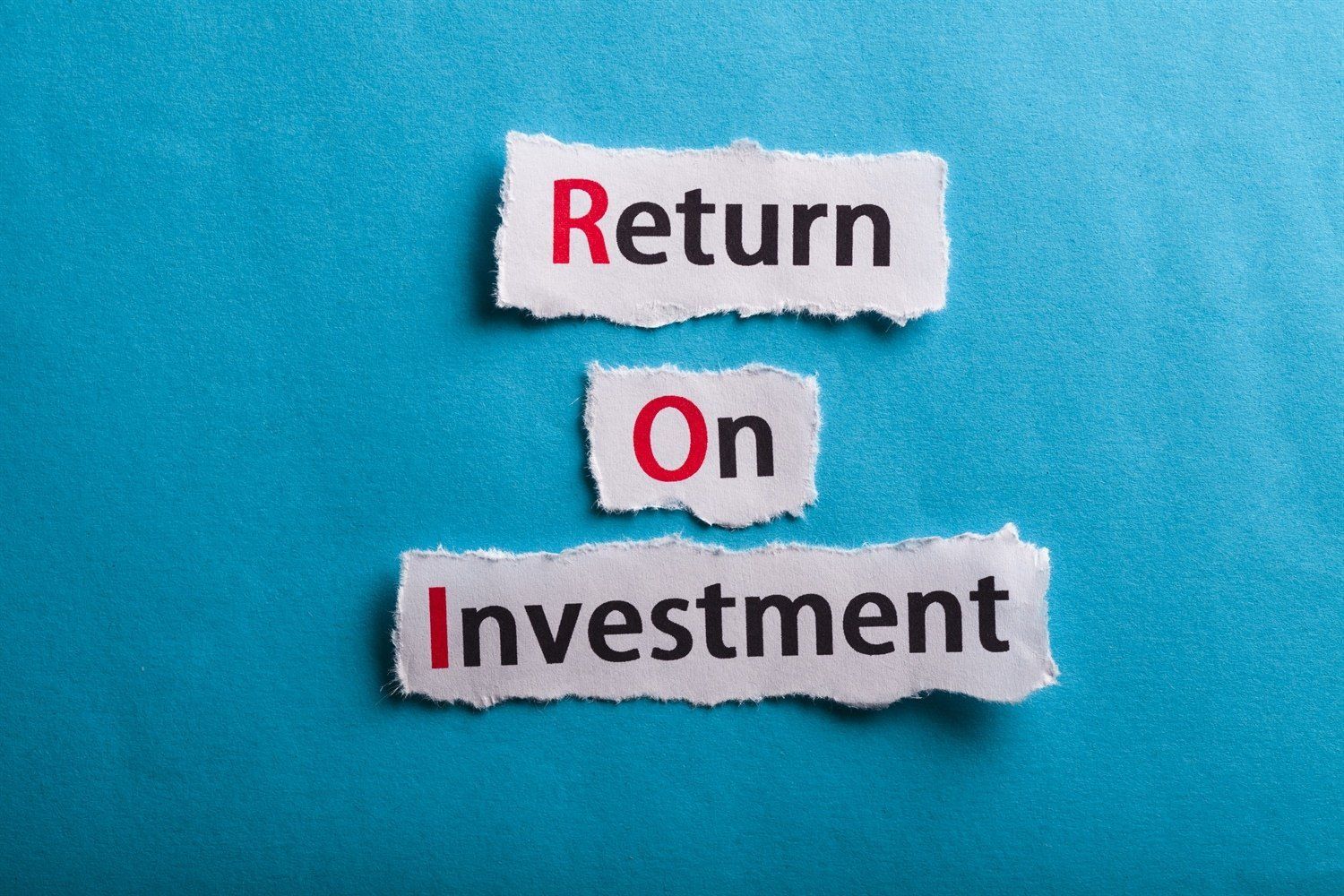Selecting the Right (or Wrong) People for Booth Duty
Who in your company is best suited to successfully work your next exhibit at a major trade show?
That seemingly innocuous question has created interesting problems, challenges and much discussion when one considers that in the final analysis, the success or failure of an entire trade show investment will most likely rest on the shoulders of the people selected to work the exhibit. Therefore, it’s reasonable to consider, that reaching your trade show exhibiting goals will most likely depend on the people selected to work the booth.
That being the case, how would you answer the following questions?
- How do you begin selecting the right people?
- How do you know they are the right people?
- What kinds of trade show booth duty people are better than others? Who in your company is best suited to do the job successfully?
- Who is (or should be) responsible for selecting booth duty team members? How and when do you train exhibit booth workers?
See if you recognize any of these characters:
The know it all
Do as I say, not as I do
Words alone are this person’s bread and butter and will usually always talk a great game. However, when it comes time to working in a booth in a consistent manner, this person can’t hold up and often finds any excuse to take breaks and ends up being gone for most of his/her shift.
I am the technical guru
Prospects and customers can’t hold a candle to this person’s superior technical knowledge and he/she takes almost every opportunity to tell any suspect, prospect or customer about it. Technical arguments are standard practice when anyone disagrees with this guru’s opinion and his/her presence in the booth only spells “headaches” for anyone attempting to calm him/her down and be a little more socially congenial.
To shy to speak
You’ve seen this person in a booth doing anything possible to get away from meeting prospects and customers in a face to face situation. Nothing amiss or devious about this individual, however, his/her introverted personality just does not lend itself to being on the front line at a trade show.
Purchasing cycle: Unknowns - Suspects - Prospects – Customers – Users - Endorsers.
All smiles
The ultimate “Top Gun” sales person is always ready, willing and able to attempt to close every suspect, prospect or general visitor who nears the booth. Usually talks more than listens and literally ends up driving potential new business to the competition.
I'm the boss
Let it be known that the boss is in the house! One can usually spot him/her holding court in the middle of the trade show exhibit while projecting the image of being an executive who might be a little too important to pull booth duty and work side by side with every day worker bees.
The inventor
Somewhere lost in space is the technical person who developed some of the products on display and all he/she really wants to do is quietly go back to the office and get back to work solving more technical problems. Field sales people have been often heard to declare: “I’ve got sales targets to meet in my territory with only a few days left in the quarter to close some business and here I am standing in the middle of McCormick Place, Chicago playing booth tag with strangers I have no interest in meeting. Who’s going to compensate me when I miss my sales target and bonus I’ve worked so hard for all year to earn?”
Jokes and good times galore
They usually stand in small groups off the beaten path telling jokes, assorted funny stories and comment on any unusual person(s) that might walk by. Work! Are you kidding? We haven’t seen these guys together since last years show and it’s time to catch up and have some fun while away from home and the office.
Man, do I have a headache
This unfortunate soul probably looks like he/she spent the night curled up in some corner wondering what time it was and how many hours until it was time to stand booth duty. For some unknown reason, out of town trade show time is “let’s get a little crazy” time and it usually shows the morning after much to almost everyone’s disappointment.
Eat drink and be miserable
At 25 years old, it might be possible to go out after the show, have a few drinks, a big meal and get to bed and get about 5 hours of sleep and then show up at the exhibit the next day in pretty good shape. Over 25 years old and it’s highly unlikely that this activity will continue to support a future of meeting promotional goals and salary increases, especially on the trade show floor where it’s almost impossible to hide from management’s critical eye.
The exhibit’s visual presentation should simply communicate from the aisle: who the exhibitor is, where products are located, simple product features and benefits and clearly identify who to talk with to acquire more detailed information. Assuming that only a small percentage of the total attendance are the exhibitors true prospects, one of the most important jobs the exhibit has is to screen non-prospects from entering the booth.
The Don Juan
Wedding ring hidden away somewhere, generously splashed with the newest body wash and feeling 21 years old again, this individual is away from the spouse, kids and home and ready to party. We’ve all seen individuals like this and it’s also a known fact that their unacceptable behavior is not in the best interests of the corporate trade show exhibit effort.
A bit out of shape
Effectively and responsibly manning a trade show booth for three days is hard, demanding work that tests the boundaries of both the mind and body. If the booth staff is out of shape, tired or hung over, prospects and customers will know it and most likely politely walk away disappointed and with them any chance of meeting most pre-show goals.
The “Trade Show Coach”, Susan Friedmann, ( www.thetradeshowcoach.com
) says:
“The 5 most important individual characteristics the trade show manager should seek out in selecting booth duty people are,”
- People who want to be there – i.e. they like meeting new people, building relationships, like to travel, etc.
- Appreciate the importance and power of tradeshows and are willing to work hard to achieve company and personal goals and objectives.
- Have great questioning skills and are able to probe visitors for essential/quality information that’s critical for the follow-up process.
- Superlative listeners – have the ability to listen more than they talk (tough skill for salespeople)!
- Can think on their feet and can adapt their presentation/demonstration to meet the visitor’s needs.
Conclusion
We’re entirely confident that almost everyone reading this can add to our list of entertaining unusual trade show characters seen working exhibits, but as much fun as it is to match the above types with actual people we might know, that’s not the objective of this article.
What is the objective of the article is to get people thinking more seriously about who might be best suited and who in the company should or should not be asked to work your next major trade show exhibit presentation.
Consider the following:
- Required in every person selected to work your trade show exhibit should be dedication, commitment, professionalism and sincerity. In addition, these special people should at all times exemplify the highest level of integrity and honesty your company stands for in the marketplace.
- Booth people should know the products and services offered and are able to present this information in a confident and careful manner while asking intelligent questions and listening to the answers provided.
- The entire booth staff should be selected and viewed as the company’s most professional, well trained and sensitive employees who set excellent examples whenever and wherever they are asked to serve the best interests of the company on a 24-7 basis. You seldom get a second chance to make a first good impression.
- Try to look at all departments in your company to discover outstanding trade show booth duty candidates including: customer support, technical support, administration, manufacturing, engineering, research and development and of course sales, marketing and executive management.













